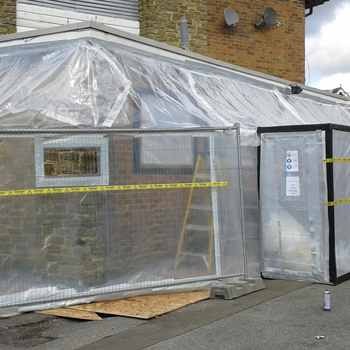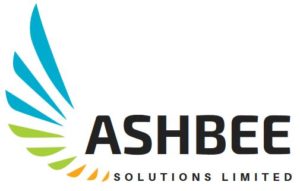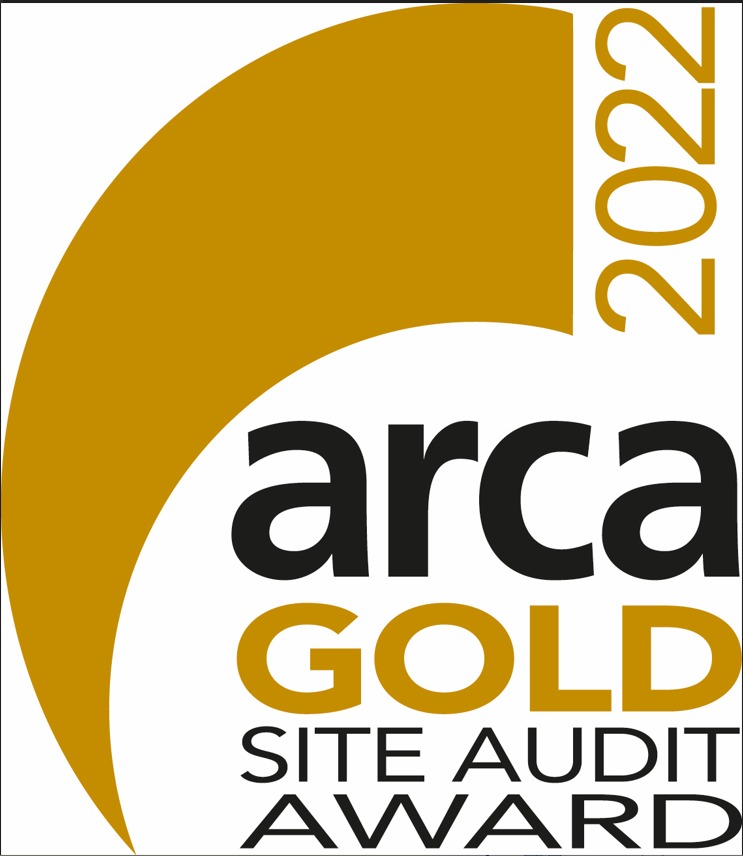AIB Removal is a licensed, regulated activity undertaken by us across the UK in any type of building. Asbestos Insulation Board Removal must take place under controlled conditions by trained Operatives under supervision of a qualified Supervisor.
What is Asbestos Insulation Board (AIB)?
Asbestos Insulation Board (sometimes called Asbestos Insulating Board, Asbestolux or AIB) was manufactured using asbestos minerals including amosite (grunerite) and chrysotile. It was used in a number of building applications due to its excellent thermal properties and mixed with calcium silicate or Portland cement. AIB was used in ceiling tiles, boarding below window fittings, partition/temporary walls, building insulation and the linings of lift shafts, and other friction material.
The main fibre found within AIB is amosite which usually accounts for around 16-40% of the materials structure. Other examples of AIB include:
- Millboards (around 37% to 97% asbestos);
- Composite board (layers with different materials – 16% to 40%);
- AIB laminate, such as that found in shower room and toilet areas;
- AIB is known to have been topped with virmiculite to increase insulation. See vermiculite asbestos removal for further information.

Due to to the hazardous nature, Asbestos Insulation Board should be carried out by a licensed asbestos removal contractor, with a few minimal exceptions. When AIB is removed it can release dangerous asbestos fibres into the surrounding atmosphere. These fibres are hazardous to human health and may result in lung diseases being developed in later life. As a result of the risks to health, the Health and Safety Executive have designated the removal of AIB as a regulated activity and removal must only be undertaken by a licensed asbestos contractor.
How is AIB removed?
Other than a few exceptions, Asbestos Insulation Board Removal normally takes place under fully controlled conditions and will be require a notice to the Health & Safety Executive. An asbestos enclosure is constructed with removal taking place in a negative pressure environment to prevent the release of fibres into adjoining areas. Using correct decontamination procedures is vital as is all asbestos removal Operatives wearing respirators. Specially trained Operatives then remove the asbestos using HSE approved techniques.
Once AIB removal has taken place, the area is fully decontaminated and air tests are carried out to ensure that the area is free of contamination. AIB waste is then transported to one of the UK’s authorised asbestos waste centres.
The Health and Safety Executive says:
“Asbestos Insulating Board is too dangerous for you to work on. In the majority of cases only a licensed asbestos contractor must carry out these jobs – this is known as licensed asbestos work.”
How much does Asbestos Insulation Board Removal cost?
The cost of asbestos insulating board removal will depend on a number of factors including the amount to be removed, the type of product, access to the site, the number of enclosures required and the number of trained Operatives. The length of time to remove AIB also plays a factor in the cost. In addition, independent air testing is required before the area is reoccupied to ensure that all fibres have been removed.
Can I carry out AIB removal myself?
Unless you are a domestic user removing less than 1sqm of AIB from a small area or will be working for a very limited time, no. Otherwise you must employ a Licensed Asbestos Contractor to remove the material especially if the Asbestos Insulation Board is badly damaged. Even in domestic situations or a short-term basis, removing AIB yourself without the correct precautions in place can put the health of you and those around you at risk. It may also lead to prosecution; don’t risk it.
Risk Assessments and Method Statements
Removal of AIB requires a full Risk Assessment and Method Statement (RAMS) to be produced. This ensures that all risks are managed and the removal process is documented for all Operatives and Supervisors to follow. It sets out, in detail, how the job will take place and includes details of plant and negative pressure units will be used.
The document may also be required by an inspector from the Health & Safety Executive in the event that the organisation decides to visit the site to ensure removal is taking place correctly.
AIB Encapsulation
AIB Encapsulation is the process of coating or confining asbestos materials to an area using different methods depending on the location and condition of the material. Although encapsulation doesn’t eradicate the asbestos it can be a more cost effective method of managing the risk. However, it should be noted that encapsulation is a relatively short-term solution and must still be managed accordingly.



